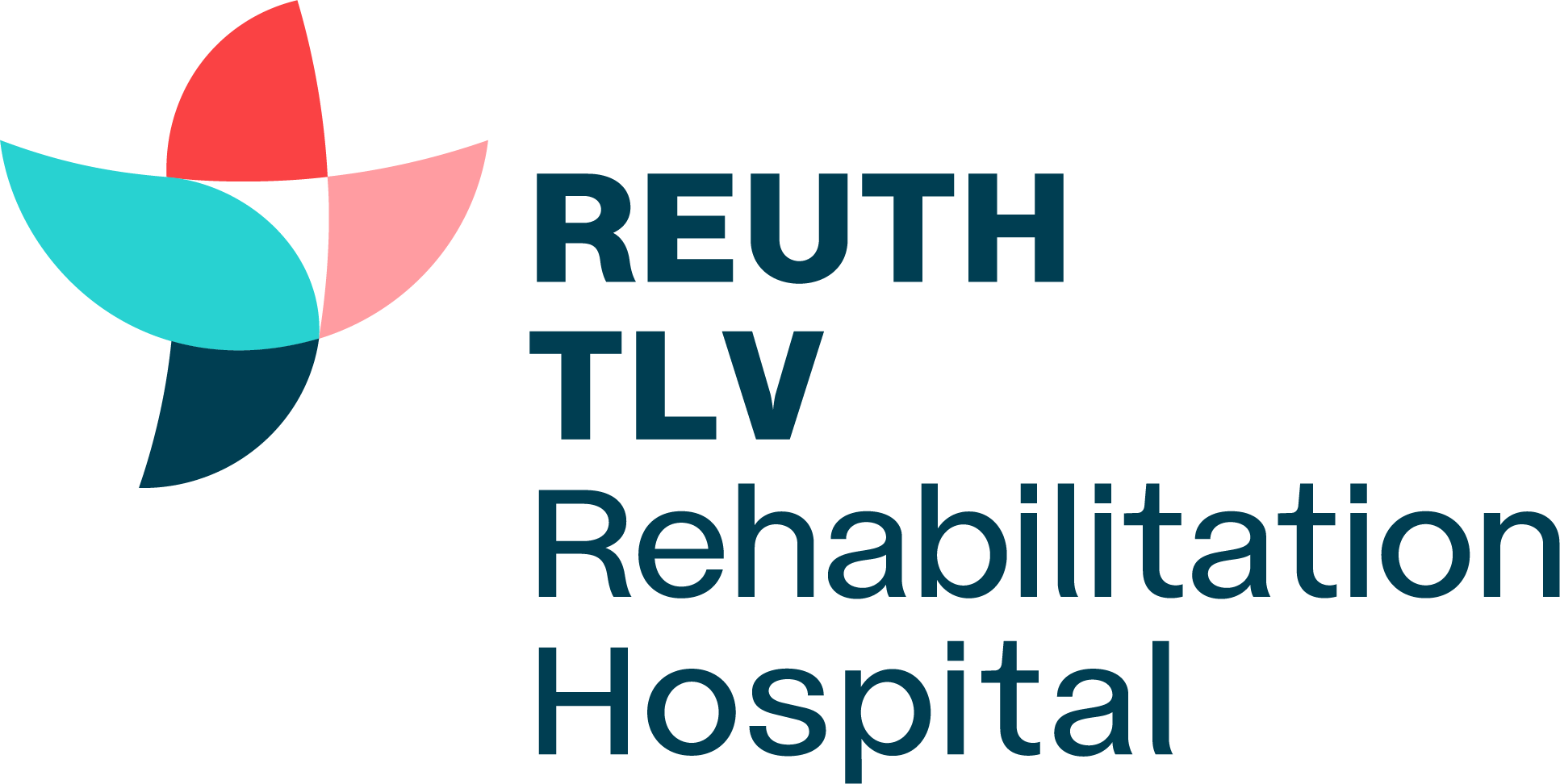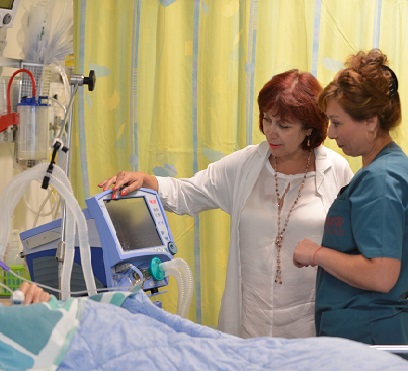Global life expectancy is growing as a result of better quality of life, better medical treatments and new technological developments for extending life. Simultaneously the number of hospitalizations in hospitals for the elderly is increasing and there has been an increase in the number of beds for the elderly in prolonged treatment institutions. Also the number of patients who require mechanical ventilation as life support is increasing rapidly.
In Israel 3-10% of all the patients who have been placed on emergency ventilation and who were hospitalized in intensive care or in acute hospital wards are not succeeding in being weaned from ventilation and are hospitalized in “prolonged or chronic ventilation” wards.
What is chronic ventilation and what is the difference between it and emergency ventilation?
Ventilation is a life saving procedure. During the procedure an airway is entered into the trachea via the mouth and is connected to a ventilator in order to provide the patient with oxygen which will reach the brain and all the tissues in the body. In most cases the patient, who has undergone emergency ventilation is medically unstable and needs intensive treatment within the framework of the emergency ward. As the intubation in the trachea creates discomfort, the patient receives “sedation” medications within the framework of the treatment which relax him and enable him good respiration.
In the event that within two weeks a difficulty is encountered in weaning the patient from the ventilator for various reasons and it is anticipated that the ventilation will continue, the patient and his family are offered a tracheotomy in the area at the front of the neck. It is very important not to remain with the tube via the mouth-trachea for more than two weeks, as this has negative ramifications on the health of the trachea, to a tendency for pneumonia etc.
A tracheostomy is more comfortable, presses less on the trachea, does not require sedation medications, entails less pulmonary infections, enables the start of examination of swallowing abilities.
If for 21 consecutive days the patient has not been successfully weaned from ventilation and he is ventilated 24 hours a day or more than 6 consecutive hours a day, the patient is considered to be a prolonged or chronic ventilated patient.
Patients who have not succeeded in being weaned from ventilation are transferred to the chronic ventilation wards for continued treatment and an attempt to wean them from ventilation.
Reasons for emergency ventilation for the elderly
The most prevalent reasons for emergency ventilation for the elderly are: pneumonia, significant CVAs, haemorrhaging into the brain tissue, head traumas from road accidents or other traumas, cardiac arrest with full CPR with the need for ventilation , chronic pulmonary diseases during deterioration in breathing, ischemic heart disease, motor neurone diseases etc.
Treatment within the framework of chronic ventilation
Prolonged ventilation has negative ramifications that are expressed by:
- Damage to the quality of life of the patient who is connected to a ventilator.
- Infections in the respiratory system.
- Infections in the urinary tracts, inter alia due to prolonged reclining.
- A tendency for the appearance of bed sores due to prolonged reclining and confinement to bed/ wheelchair.
- Swallowing disorders relating to tracheotomy and intubation of the trachea.
- Difficulties in making sounds, defective communications causing emotional ramifications.
From the moment that the patient is admitted to one of the chronic ventilation wards, he undergoes an overall assessment by the multi-professional team in order to examine his potential to be weaned from ventilation and what needs to be done in order to advance the process.
The treating team checks the functioning of all the systems, mainly the respiratory system including the muscles involved in breathing, heart and blood vessels. Pursuant to the results of the examination for functioning of the systems, the team considers a decrease in dosage of medications that have an effect of the spontaneous respiratory ability or stops them completely when possible.
It is very important that during the period that the patient is in the chronic ventilation ward he receives physiotherapy and occupational therapy in order to strengthen the respiratory muscles, to maintain his daily functioning and to prevent side effects of prolonged reclining. Furthermore, the speech therapist carries out a swallowing assessment for the patient as well as speaking ability or other communication; the dietician customizes food and liquids in order to give the patient suitable nutritional needs for optimal functioning of the systems; social workers, and if necessary a psychologist, provide emotional support and assistance throughout the entire duration of the patient’s hospitalization for the patient and his family to ensure provision of all their rights and prepare the patient for discharge after he is weaned from ventilation.
Weaning from ventilation
Weaning from ventilation is carried out gradually. A patient is considered to have been weaned from ventilation in the event that he is able to breathe independently with or without additional oxygen, for 24 hours a day, at least 48 hours or 18 consecutive hours in the event that connection to the ventilator with minimum ventilation is required mainly at nights.
After every failure at weaning from chronic ventilation the ward’s team again assesses the options for successful weaning from ventilation. Every week or two the multi-professional team meets in order to discuss each and every patient, to develop a multi-professional treatment program in order to advance the successful weaning process from ventilation, to improve the overall treatment of the patient and mainly to maintain his quality of life. After the patient is weaned from ventilation, an assessment is carried out in order to decide the continued framework. Some of the patients are discharged to rehabilitation, some to complex invalid nursing wards and some to their homes.
The information presented in this article is general. It does not constitute medical advice or replace consultation with a physician. It should not be regarded as a recommendation or an alternative for medical treatment.
The information presented in the English website is partial. For full info please visit our Hebrew website
(image is for demonstration purposes)

 donation
donation 




“Reuth Information Center”, All rights reserved to Reuth rehabilitation hospital. Reuth Information Center is an informational site only. All information on the Website is not a replacement or a substitute for medical, legal, economic, consumer, financial or other advice and any use of the information on the Website is solely the responsibility of the User. Surfing is subject to Terms of Use.